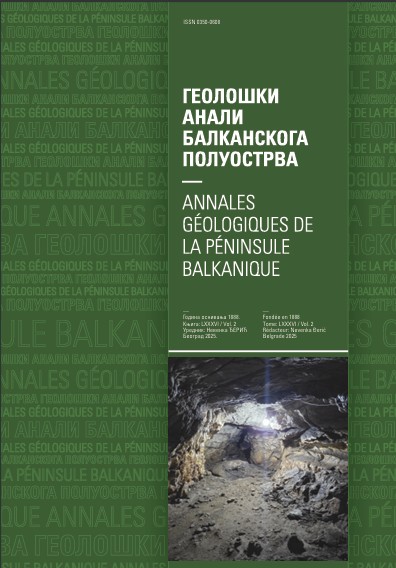Was there more space in the late Early Devonian for marine biodiversity to peak than in the early Late Ordovician?: A brief note
Abstract
After the so-called “Cambrian explosion”, marine biodiversity peaked either in the early Late Ordovician (as shown by the “classical” curves based on the extensive palaeontological data compilation) or in the late Early Devonian (as shown by the “innovative” curve based on the sampling standardization). The brief review of the modern plate tectonic, palaeoclimatic, and eustatic reconstructions demonstrates that shelves, which likely provided the main space for biotic radiation, shrank, concentrated in the tropics, and were better connected in the late Early Devonian than in the early Late Ordovician. The results of the present analysis permit to hypothesize that there was more (or the same) space for marine organisms to reach their maximum in their number in the early Late Ordovician relatively to the late Early Devonian. This is the only particular hypothesis, and the other extrinsic and intrinsic factors should be considered in further discussions.
Copyright (c) 2022 Geološki anali Balkanskoga poluostrva

This work is licensed under a Creative Commons Attribution 4.0 International License.










